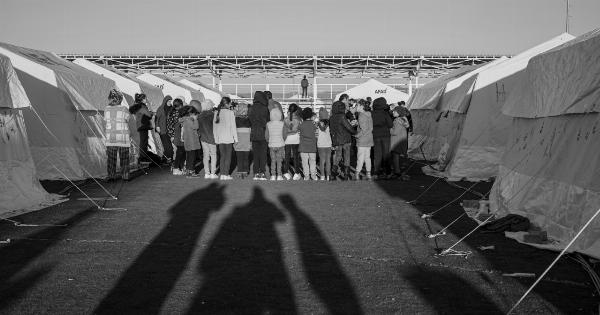Emergency services play a critical role in ensuring public safety across the globe.
In Europe, the emergency number 112 serves as a lifeline for individuals in distress, providing a quick and effective mechanism for reporting emergencies and seeking immediate assistance.
What is 112?
112 is a universal emergency number used in Europe. It enables individuals in need to contact the appropriate emergency services, such as police, fire brigade, medical assistance, or search and rescue, by dialing a single number.
How does 112 work?
The functioning of the emergency number 112 in Europe relies on a well-coordinated system that ensures swift and efficient response to emergencies.
When a distress call is made to 112, it is initially received by a public safety answering point (PSAP) or an emergency control center.
Dispatch Process
Upon receiving a distress call, the PSAP operator evaluates the situation and determines the appropriate emergency response needed.
Depending on the nature of the emergency, the operator will connect the caller to the relevant emergency service, such as the police, fire brigade, or medical services.
Location Tracking
One of the essential features of the 112 system is its ability to track the location of the caller. This is particularly crucial in situations where the caller may not be able to provide their specific location or is unsure of their whereabouts.
The 112 system uses advanced technology to pinpoint the caller’s location, often utilizing GPS data and mobile network information.
Accessibility and Multilingual Support
One of the key advantages of the 112 system is its accessibility for all individuals, including those with disabilities.
The emergency number is designed to cater to individuals who may have speech or hearing impairments, offering alternative communication methods such as text messages or relay services.
Additionally, the 112 system provides multilingual support, ensuring that individuals can communicate in their preferred language.
This feature is especially beneficial for tourists or non-native speakers who may find it challenging to communicate in the local language during emergencies.
Integration with Existing National Emergency Numbers
In certain European countries, prior emergency numbers existed before the implementation of the universal 112 system. To ensure a smooth transition and avoid confusion, these national emergency numbers were integrated into the 112 system.
This means that individuals can still use the previously designated emergency numbers in addition to dialing 112.
Enhancements in Technology
The 112 emergency system continues to evolve, benefiting from advancements in technology.
For example, in some countries, it is now possible to make emergency calls through various communication channels, including mobile applications, messaging services, or even emergency buttons in vehicles.
Furthermore, efforts are being made to incorporate emerging technologies such as automatic crash notification systems, which instantly alert emergency services in the event of a road accident, providing them with crucial information about the incident.
Limitations and Challenges
While the 112 system in Europe is highly effective, it does have certain limitations and challenges. One of the main challenges is the varying accessibility and coverage across different regions.
Rural areas or remote locations may face challenges in terms of network coverage or availability of emergency services.
Language barriers can also pose a challenge, particularly when dealing with non-native speakers or tourists who may not be fluent in the local language.
Although multilingual support is available, it may not always be sufficient in complex emergency situations.
Awareness and Education
An important aspect in maximizing the benefits of the 112 system is spreading awareness and educating the public about its functionalities and appropriate usage.
Public awareness campaigns and initiatives aim to educate individuals about when to dial 112, what information to provide, and how to stay calm and coherent during the call.
Additionally, educational efforts focus on informing the public about the specific emergency procedures in their respective countries, as protocols and response mechanisms may vary slightly between nations.
Conclusion
The emergency number 112 plays a crucial role in ensuring public safety and providing immediate assistance to individuals in distress across Europe.
With its reliable and efficient system, including location tracking, accessibility features, and constant technological advancements, the 112 emergency system continues to save countless lives and serve as a lifeline during emergencies.



























